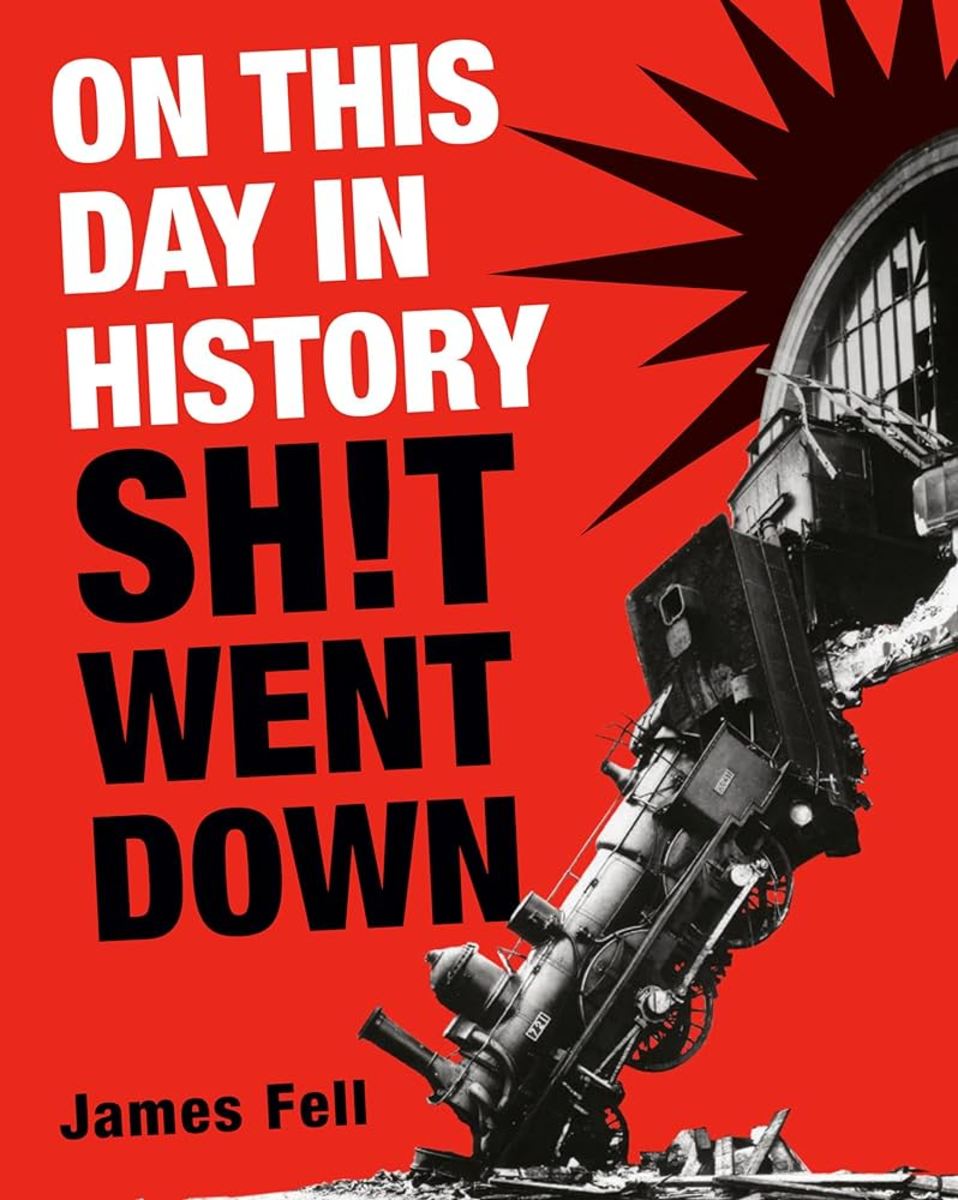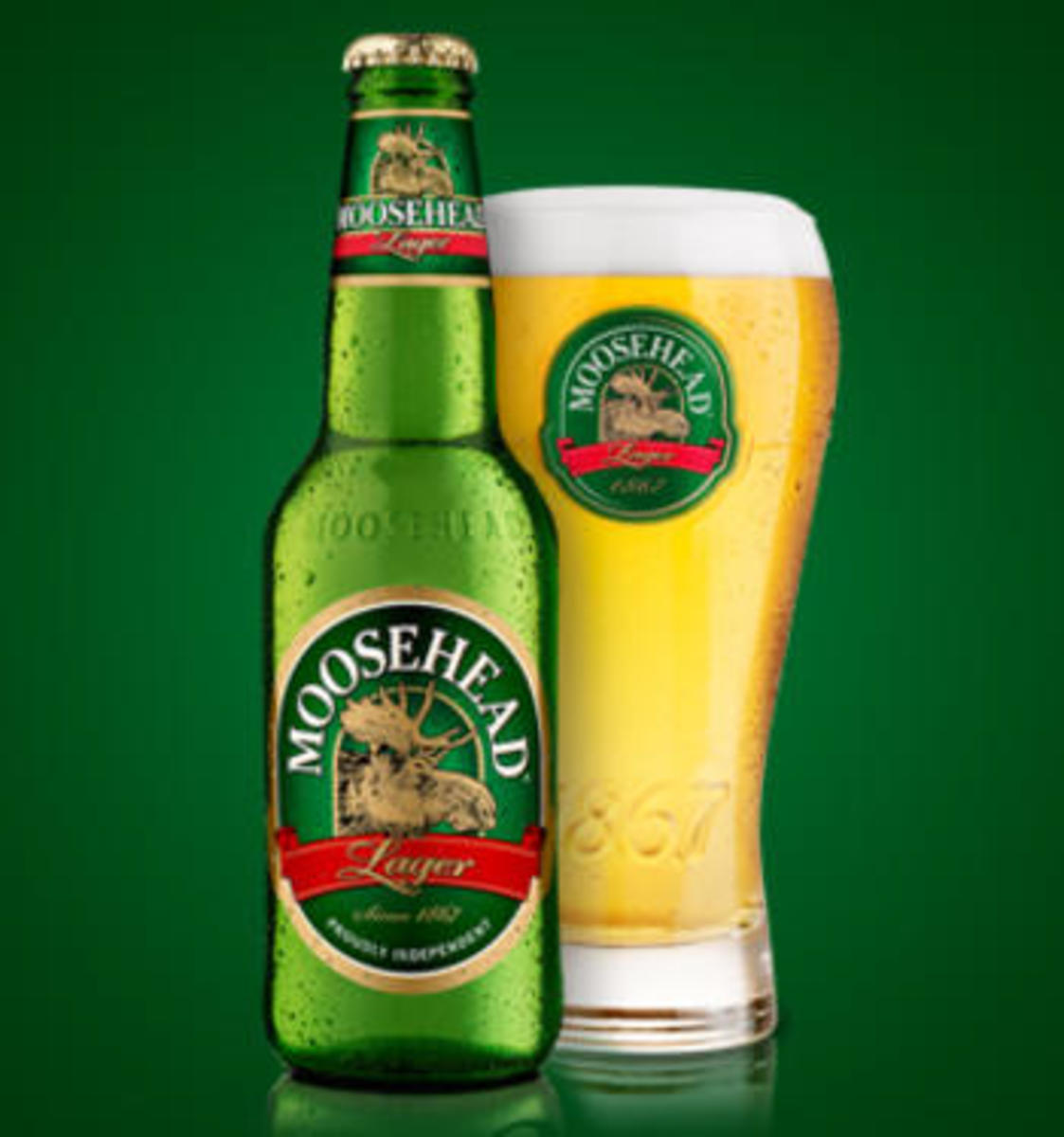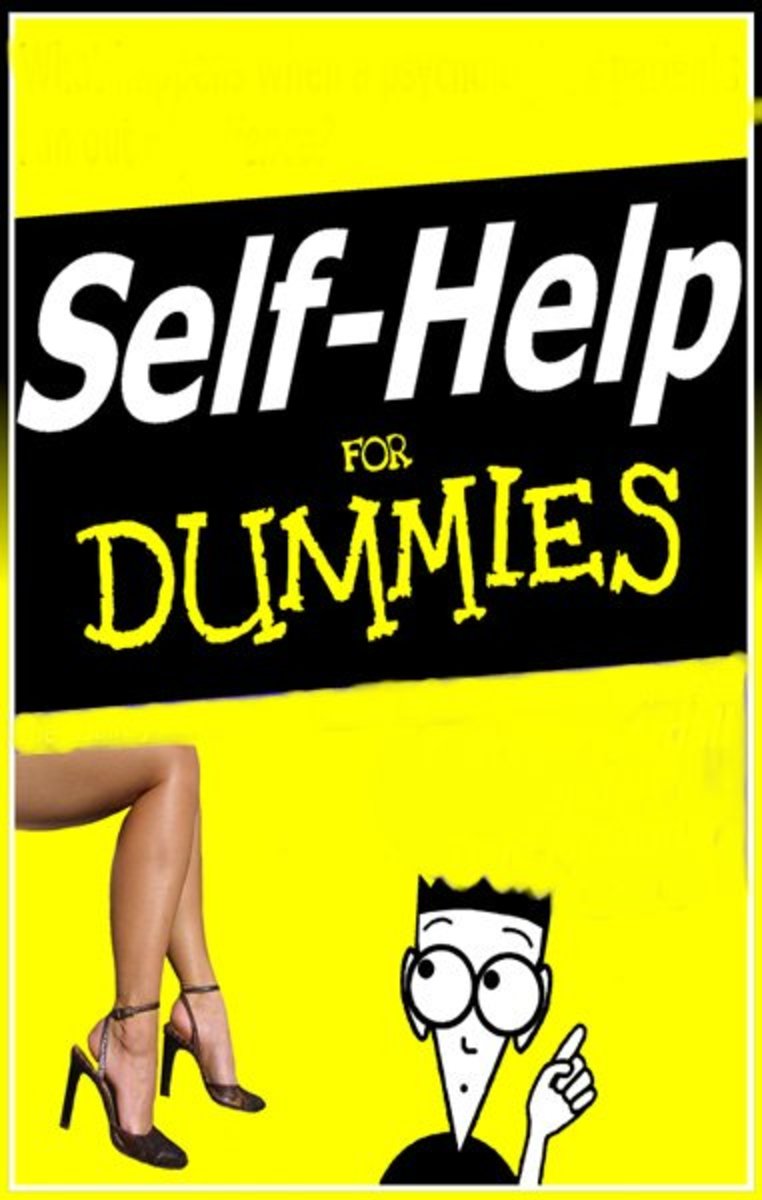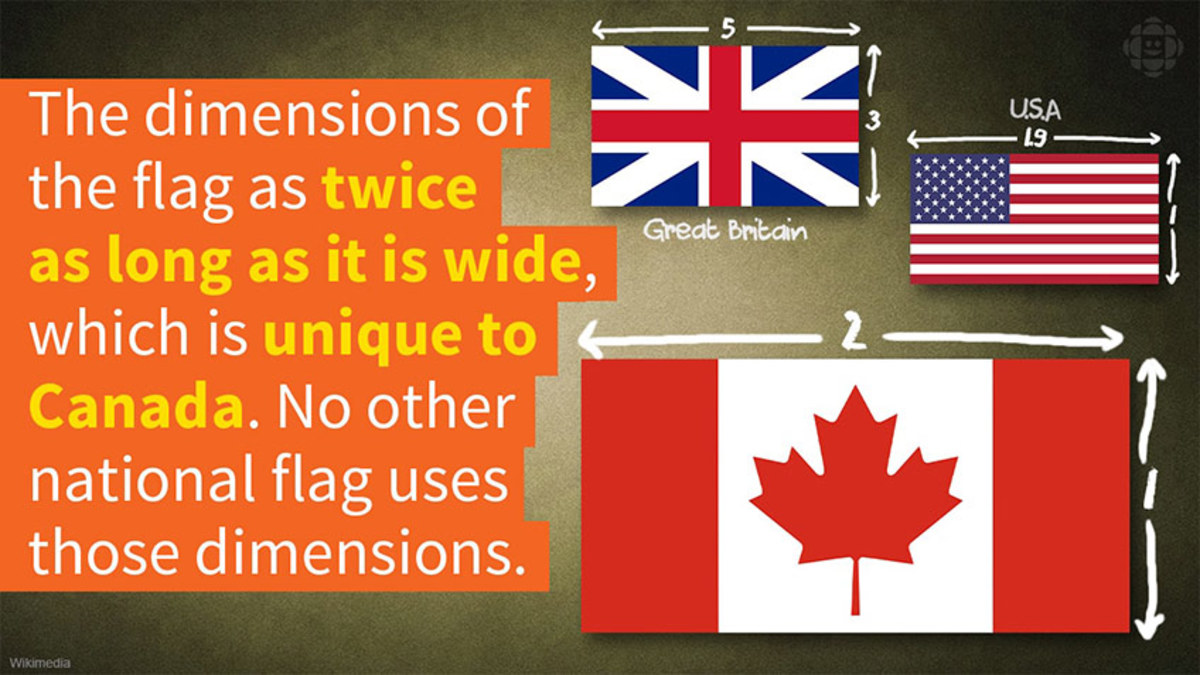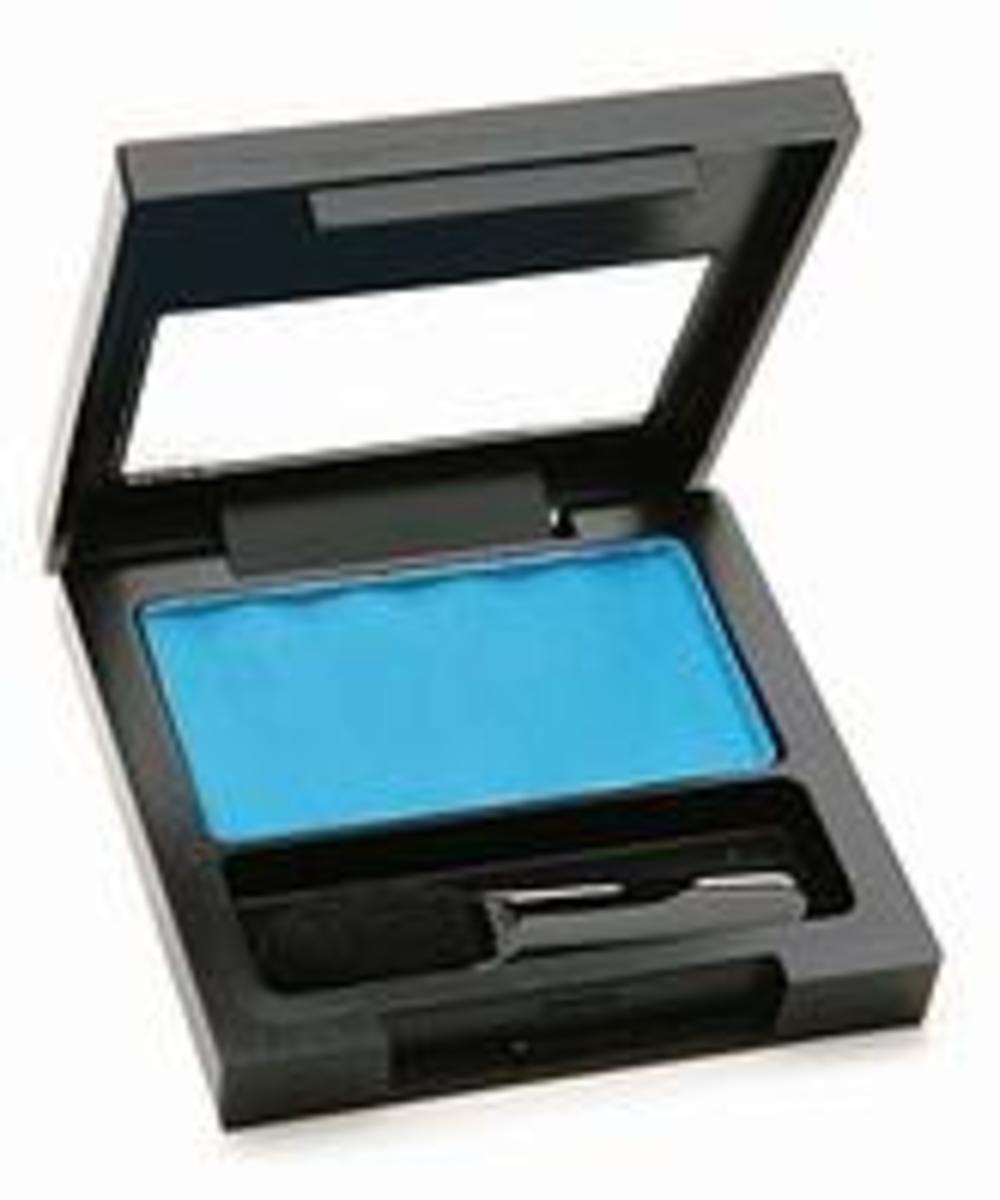- HubPages»
- Books, Literature, and Writing»
- Commercial & Creative Writing»
- Creative Writing»
- Humor Writing
Political and Cultural Satire Canadian Style, a short history

“I am Canadian.”
Decades ago, this would have been an almost apologetic statement, particularly when traveling abroad. Times have changed. Now it is delivered with pride.
Not the “we are the greatest” kind of pride of our cousins to the south, with that certain swagger, a bit of bombast and that inherent certainty in the righteousness of their self-perceived “greatness.” Nope.
Canadian pride is of a quiet type, that of a growing realization they do indeed have a unique identity, a way of seeing the world that is distinctly Canadian, and a society that endeavors (though usually fails) to be just and fair.
Many years ago while working in the UK, on hearing my accent a business manager said, while looking down his nose, “Obviously, you are an American.”
“No,” I said. “I am Canadian.”
His response was delivered with a dismissive huff. “What’s the difference?”
Not that he wanted to hear an answer.
Still, his question remained with me. What is the main difference between Canadians and Americans?
My American husband who lived in Canada for twenty years before returning to the U.S. (and a warmer climate for his senior years) had no problem answering that question.
Canadians, he says, don’t take themselves or their politics seriously. Americans do. Very much so. Canadians love to laugh at themselves. Americans take offense.
Which is why, he hypothesizes, so much of our humor doesn’t work for Americans and is seen as disrespectful.
So, as we take a little tour of Canadian humor and satire, I ask my American readers to keep this major difference between us in mind. We do tend to laugh at not only our own foibles, but those of our much larger neighbor to the south. After all, with the influx of American media into Canada, we’ve come to know you so well, but we see you through our own, irreverent Canadian eyes.
The Canadian stereotype
Jim Carey is one of the best known Canadian comics to Americans. Here, in this short piece, “Growing up in Canada,” he explores some of those lingering stereotypes of Canadian life.
Growing up in Canada
Now before you exclaim “Why this is gross exaggeration! No one actually believe this,” I have to say, yes, it is exaggerated – it is satire after all – but not entirely untrue.
In the mid '80's I was in Demopolis, Alabama with another Canadian, auditing a factory there (one owned by a Canadian corporation, before you call ICE and turn us in) and one of the accountants there, an educated man, asked how we (Canadians) had managed to get some of the heavy equipment out of our country and all the way to Alabama. We told him it had been driven.
“You have roads in Canada?” was his astonished response.
Well, please forgive us, but we did have fun at his expense for a while. “We had to wait for winter, until the rivers froze solid,” we told him, along with a lot of similar BS.
All of which he lapped up. This is one of many such encounters, so sorry to say, these stereotypes do exist.
SCTV
To many Americans, Bob and Doug McKenzie and The Great White North, the first overtly Canadian comedy skit to be broadcast in the U.S. hit the American TV screen in 1979, through the graces of Second City TV (SCTV.)
Here they are, those eh-saying, beer drinking, toque-wearing, back-bacon frying, out-door loving, mentally deficient McKenzie brothers explaining The Great White North to their new American audience.
The Great White North -- according to the McKenzie brothers
Much as we love to laugh at ourselves, Bob and Doug also elicit a certain pained wince as we chuckle. It was one thing when their stupidity was contained to the Canadian airwaves; quite another when shared with our southern neighbors.
Because, yes, there is a certain truth to be found in their portrayal of the Canadian slacker.
We knew the entire SCTV cast long before America did. A brainchild of the Second City theatrical troupe of Toronto, the program, SCTV was initially produced in the Toronto studios of Global Television Network, featuring those soon-to-be-popular-in-the-States Canadians, John Candy, Joe Flaherty, Eugene Levy, Andrea Martin, Catherine O’Hara, Harold Ramis, Dave Thomas and Rick Moranis. The show ran for one season only.
Here is the opening from the original show. This is missing the beginning. It starts with "Don't touch that dial, don't touch that other dial and stop touching yourself!"
From 1976, the opening of SCTV
In 1979, production was picked up by ITV and moved to the Edmonton, Alberta studios of that network – an old firehall. It was broadcast by the CBC and in scattered markets in the U.S.
In 1981, SCTV was picked up by NBC as a mid-season replacement for The Midnight Special. Martin Short joined the cast in 1981. The program ended in March of 1983 in the US but continued to air on the CBC.
Has any show launched more careers than SCTV? Well, maybe Saturday Night Live, which replaced the show on US networks, and some say, was inspired by it.
You can find any number of skits from SCTV on Youtube. Apparently, the popularity of this show remains strong.
Season Four opening
The Royal Canadian Air Farce
Few Americans are familiar with the Air Farce, which never did leave the incubator of the CBC. Which is possibly just as well as it concentrates on Canadian politics and politicians in an almost hokey, home-spun manner, and would be of little interest to our neighbors.
The Royal Canadian Air Farce began as a CBC radio broadcast in 1973 becoming widely popular in Canada. In 1980, the Air Farce turned to television, still on the CBC with a one-hour television special which evolved into a ten-week series and two sequel specials. And so it began, this unique satire on Canadian society, sticking to its successful home-made, small-town talent contest style (not to mention the annoying canned laughter.) It continues today and is much beloved.
Politically correct Oh, Canada
Some of the recurring characters included the addle-brained veteran of hockey, Big Bobby Clobber; a pompous and sputtering Sgt. Renfrew of the RCMP; the vacant-minded Honourable David J. Broadfoot, member of Parliament for Kicking Horse Pass and the leader of the New Apathetic Party; and Prof. Hieronymus Wombat of the National Research Council. Other characters joined the list as cast members left and new ones joined, including the slow Albertan, Mike from Canmore; the angry maritimer, Scot Jock McBile; the self-righteous movie critic, Gilbert Smythe-Biteme; the chain-smoking bingo player, Brenda; and political commentary delivered by an old-lady with a pronounced maritime accent, wearing a frumpy hat and cardigan, walking through a Halifax park talking with her equally dowdy friend.
Mike from Canmore (Alberta,) "I am Canadian"
But where the program truly excels is in their rather extreme caricatures of political figures such as Jean Chretien, (Prime Minister/ Liberal Party) who could barely speak a single sentence in English without outlandish pronounciation and errors of grammer; the nasal-voiced Preston Manning (founder of the now defunct Reform Party;) a screaming, bitchy Sheila Copps (Liberal Party/ Deputy Prime Minster in the ‘90’s;) tyrannical Lucien Bouchard (Quebec sovereignty supporter;) the image-conscious Stockwell Day (Progressive Conservative Party,) the pompous, strutting Joe Clark (Prime Minister/ Progressive Conservative Party) and the power-hungry Paul Martin (Prime Minster/ Liberal Party.)
The irreverent political satire was the show’s best feature.
“Jean Chretien,” in what will happen to healthcare if Conservatives are elected
This Hour Has 22 Minutes
The title of this somewhat biting satire was inspired by the CBS award winning 60 Minutes, and the controversial CBC program This Hour Has Seven Days.
There, all inspiration ends. This Hour Has 22 Minutes, is silly, irreverent and often naughty.
The show focuses on Canadian politics in the format of a mock news program, intercut with comic sketches, parody commercial and interviews of “public” figures, often filmed with slanted camera angles. It is not available in the U.S. because, like the Air Farce, the content is entirely Canadian.
Launched in 1993 during (yet another) Canadian election, the program became instantly popular. Recipient of 24 Gemini Award and 11 Canadian Comedy Award, 22 Minutes is broadcast on the CBC and is taped before a live studio audience in Halifax, Nova Scotia.
With no further ado I present four short segments from This Hour has 22 Minutes. If you like these, more can be found on Youtube.
Oops! Technical Failure
Video clips from This Hour Has Twenty Two Minutes to be repaired soon.
Finally, to all Americans who are fed up with us, our insistence on being Canadian and therefore different, our political stands that aren’t the same as yours or even opposing yours, our “left-leaning” policies, our decision to bring home our troops from Afghanistan after ten long years of getting nowhere, our habit of crossing the border and using your country as our personal playgrounds… oh and all the rest, here’s a profound apology from This Hour Has 22 Minutes.
The Rick Mercer Report
Richard Vincent Mercer, born October 17, 1969 is a comedian, television personality, political satirist and blogger. He came to national attention for his role in This Hour Has 22 Minutes, where Rick’s Rant, a monologue on current events, often filmed at a slant became a featured segment.
Rick Mercer on voting
Another of his 22 Minutes segments was expanded into a network special, Talking to Americans, the highest-rated comedy special in the history of the CBC, with 2.7 million viewers (with the approval and assistance of the Governor of Iowa, Tome Vilsack and then Arkansas Governor, Mike Huckabee.)
**
Poutine is a disgusting Canadian fast food, invented in Quebec which soon took over the country, with much harm to our arteries and cholesterol counts.
What is in it? Chips (french fries for our American friends,) gravy and melted cheese.
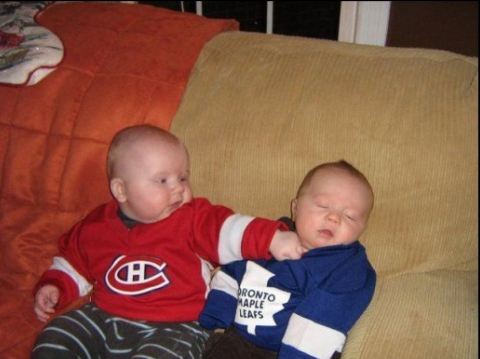
He made international headlines in 2000 when a pulled a stunt on presidential candidate George W. Bush, who answered questions about the non-existent Canadian Prime Minister “Jean Poutine**” Bush was not amused and thereafter refused to accept interviews from the CBC.
You can find clips from Talking to Americans on Youtube or on the CBC website (where you do have to register, but they won’t send you any emails.)
In 2003 Mercer began a new CBC series, the Rick Mercer Report, which debut in January 2004. In the same year he visited Afghanistan to entertain the Canadian troops, resulting in the television special Christmas in Kabul.
The Rick Mercer Report is the highest rated comedy show in the country.
Is there anyone who grew up in Canada who doesn’t find themselves humming the theme to Hockey Night in Canada from time to time? Who among us over the age of fifty doesn’t remember that first Canada/USSR series and the glory of our victory? Didn’t we all load up our cars with kids and bundles of equipment for peewee league/ junior league/ senior league/ bush league hockey? Here is Rick Mercer on the subject of that great Canadian obsession.
What the hell happened to our hockey
Here’s another uniquely Canadian pastime: cross border shopping. I always think of the city of Grand Forks, North Dakota, population 66,500, an hour from the border and with three big shopping malls, two casinos and an inordinate number of motels. The entire city took Canadian dollars at par – paradise!
My husband, an American CPA who worked in Canada for twenty years has often said Revenue Canada makes the Internal Revenue Service of the United States look downright friendly in comparison.
Collecting your money, old school
Why Canadians pay taxes
But Mercer doesn’t keep his sharp opinions on Canadian affairs alone, often lampooning American leaders and their policies.
Missile defense explained in 30 seconds
The rest of the world is not immune. Everyone from the Queen to North Korea is fair game. Want more? Rick Mercer is also easily found on Youtube or the CBC website.
Come to North Korea
Laugh!
I hope you’ve enjoyed (or tolerated) this short history of Canadian political and cultural satire. As I said in the beginning, Canadians love to laugh at themselves -- and everyone else, given half a chance.
Who best to close this article than Bill Shatner? Here he makes it abundantly clear that he, too, is Canadian.
I am Canadian
Oh, in case you were wondering, NDG (Notre Dame des Graces) is a section of Montreal.
Bye. See ya.
-- Lynda Martin, September 3, 2011

